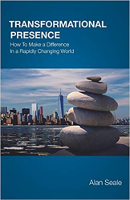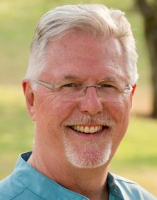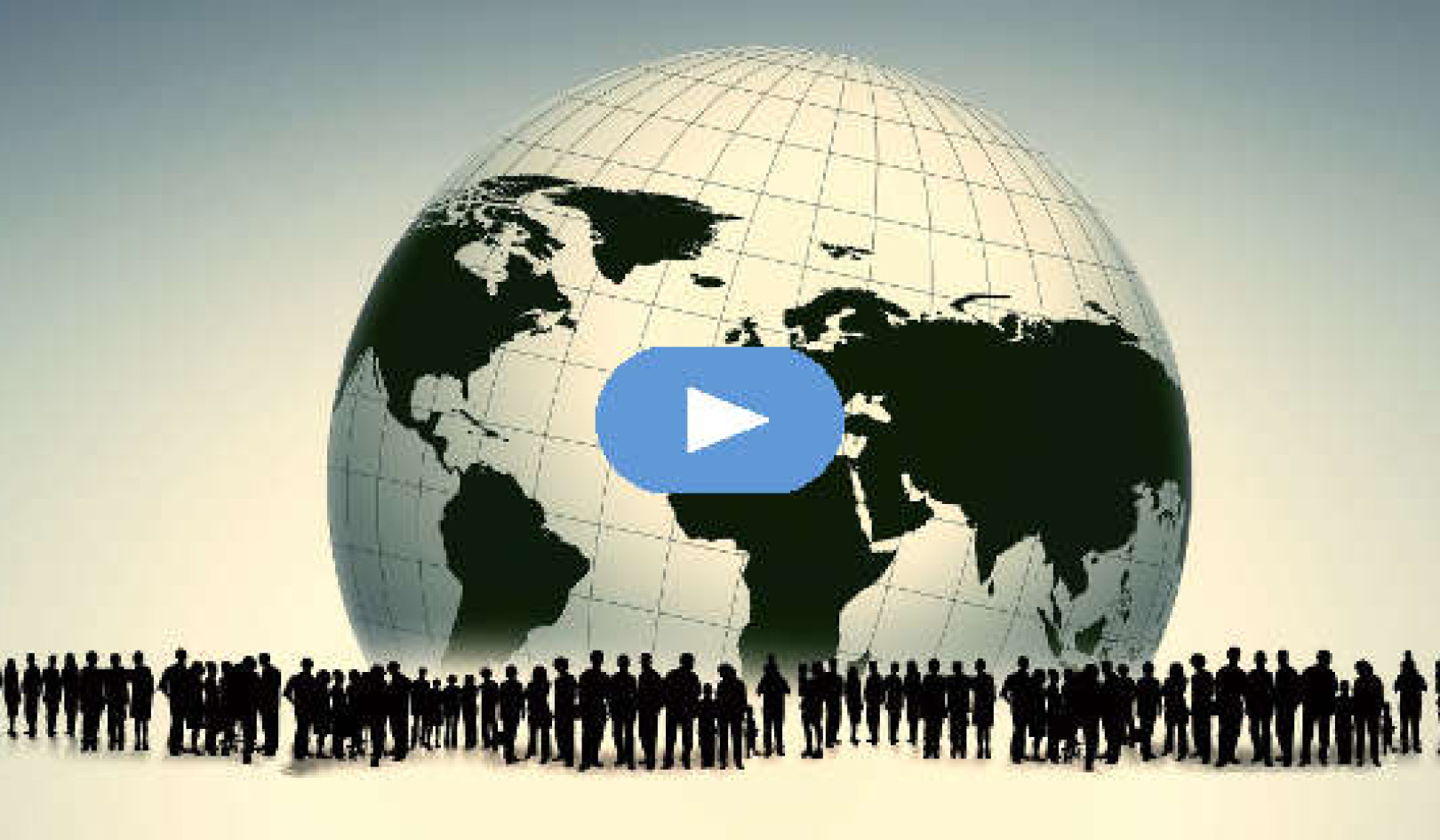
Image by Engin Akyurt
Narrated by Marie T. Russell
Video version at the bottom of this article
To the intuitive mind, complexity is not a mystery, nor is it overwhelming. It’s just a different reality that requires a different set of skills and capacities—the skills and capacities that come from Whole-Mind Thinking and Whole-Being Awareness.
The key is to stay in “receptive” mode rather than fall back into “output” or “figure it out” mode. Start by asking: What is trying to get my/our attention right now? What is this situation trying to tell or show me/us? What potential is trying to emerge? What wants to happen?
“The Deep Simple”
I designed this tool or framework for those times when the situation or circumstance is so complex that you have no idea where to begin. “The Deep Simple” is a series of five powerful questions that can help you cut through the confusion and find a next step.
The questions are:
- What are three things that you know to be true with this circumstance or situation?
- Which of those things holds the most power to explore right now?
- With that thing that holds the most power, what wants to shift? What is the breakthrough waiting to happen or the potential waiting to emerge?
- Who is that shift asking you to be? What role is it asking you to play?
- What is one step that you can take today to begin moving toward that shift?
In the first question, we’re asking only about what is true for you or for your team right now. It’s not “True” with a capital “T”—it’s simply your perception. What is true for you right now?
Notice in the second question that we are not asking, “Which of those three things do you want to explore or work with?” We’re asking, “Which one holds the power?” In other words, which one seems to have the greatest control over the situation right now? Or which one would be most helpful to address first?
Notice in the last question that we are not asking how we can resolve the issue. We’re just asking for one step that can move us toward the shift that wants to happen. All we’re looking for is one small step that we can take today. The “Deep Simple” helps us break down the complexity into manageable pieces. It relieves stress and overwhelm. And it shows us our next step.
Once you have taken that step, go back to Question #1 again. Now that you have taken that step, what are three things that you know to be true? And continue through the sequence again. Continue working in this simple approach and you will find your way forward.
Comparison Approaches for Complicated & Complex Situations
|
Complicated Approach |
Complex Approach |
|
An intellectual, rational, analytical, linear, clear, practical approach is best. |
An intuitive, creative, imaginative, innovative, flexible, exploratory approach is needed—Whole-Mind Thinking and Whole-Being Awareness. |
|
Past knowledge and skills are important and valuable. |
Become comfortable in “not knowing”—living in space of discovery. |
|
Use your analyzing skills to fix the situation. Look for a linear cause-and-effect sequence and create the sequence going forward that is likely to resolve the issue. |
Dance with the big picture and with the details at the same time, and dance in the constant movement between them. Start with the Deep Simple and begin to find your way, one step at a time. You are looking for patterns and flows of energy rather than linear cause and effect. Cause and effect will rarely be obvious, even in retrospect. You have to look beneath the surface. |
|
Make a plan and implement it, and don’t stop until it’s done. |
There is a rhythm and flow to how things will want to unfold. It’s important to be able to sense when to move ahead and when to pause or step back, or even take a different approach. |
|
Because we are working in the realm of “particle” or fixed forms, follow the rules of the 3-dimensional world and classical physics. |
You are working in the wave where things are constantly moving and shifting. Anything is possible. Understanding everything as energy in motion is critical. The rules of quantum physics and a 4-dimensional world and beyond now apply. |
|
It’s all about planning and implementation. |
It’s all about discovery and navigation. |
Complicated or Complex?
Consider some of the current situations and circumstances in your life and work. Notice which situations feel complicated—primarily linear and predictable. What do you know already about how to resolve these situations? Make a few notes about your next steps. Perhaps even start the outline of a plan or strategy to move forward.
Then notice which situations feel primarily complex and unpredictable, confusing and maybe even overwhelming. Choose one to focus on for the next few minutes.
Then imagine that this complex situation is in the room with you. Take a moment to feel the energy of this situation. You don’t have to do anything with it—just let yourself be present with it. Then, instead of trying to figure it out or make a plan to fix it, step into receptive mode.
Listen, observe, and sense what wants to happen next. Use the “Deep Simple” to help you find your next step. Remember that you’re not trying to solve the whole puzzle or get a quick result. Complex situations don’t work that way. You’re just looking for your next step.
You might even take a break and go for a walk. Invite your complex situation to walk with you. Listen to it. Sense it. Let it talk to you. Use the structure of the “Deep Simple” to support your discovery process.
Give yourself permission to not know the answers and, instead, let the answers show themselves to you. Trust that something wants to happen and that it can lead you forward.
Complexicated?
In reality, many circumstances and situations have both complicated and complex elements. There is even a new word emerging in the lexicon to describe these kinds of situations: complexicated. Navigating today’s VUCA world (volatile, uncertain, complex, and ambiguous) actually requires being able to distinguish which elements are complicated and which are complex, recognize the appropriate approach, and then be able to shift from one approach to the other quickly and easily as you move between the different elements of your situation.
Becoming a master at navigating complexity means staying in discovery rather than trying to “figure out” what to do next. The more agile you become in Whole-Mind Thinking and Whole-Being Awareness, the more smoothly you will find your way through complex situations and circumstances. It just takes awareness and practice.
To summarize, complicated and complex situations ask for two different kinds of approaches. When the situation is complicated, it is helpful to be rational, analytical, linear, clear, and practical as you address what is going on. Tap into your past knowledge and skills. Look for linear cause-and-effect sequences or patterns to understand how the situation evolved to where it is now. And then make a step-by-step plan for moving into action.
When the situation is complex, a rational, analytical, and linear approach will not serve you. In fact, it will often make things even worse. Tap into your Whole-Mind Thinking and Whole-Being Awareness skills—your intuitive, creative, imaginative, innovative, flexible, and explorer side. Get comfortable with not knowing the answers, and maybe not even knowing the questions. Be curious and open to discovery.
Remember that you are looking for patterns and flows of energy rather than linear patterns of cause and effect. Look, sense, and feel beneath the surface.
Dancing with the Big Picture and the Details
The world is likely to keep moving and changing quickly, so learning to dance with the big picture and the details at the same time is critical. There is a constant movement between them.
Allow yourself to flow with that movement rather than push against it or try to hold it still. A rhythm and flow to how things want to unfold will start to be revealed.
As you dance with that flow, you will sense when to move ahead and when to pause, step back, or even shift to a different approach. “What wants to happen” will guide you if you pay attention.
©2017 by Alan Seale. All Rights Reserved.
Reprinted with permission of the author and
The Center for Transformational Presence.
Article Source
Transformational Presence: How To Make a Difference In a Rapidly Changing World
by Alan Seale. Transformational Presence is an essential guide for: Visionaries who want to move beyond their vision into action; Leaders who are navigating the unknown and pioneering new territory; Individuals and Organizations committed to living into their greatest potential; Coaches, Mentors, and Educators supporting the greatest potential in others; Public servants committed to making a difference; and Anyone who wants to help create a world that works. New World, New Rules, New Approaches.
Transformational Presence is an essential guide for: Visionaries who want to move beyond their vision into action; Leaders who are navigating the unknown and pioneering new territory; Individuals and Organizations committed to living into their greatest potential; Coaches, Mentors, and Educators supporting the greatest potential in others; Public servants committed to making a difference; and Anyone who wants to help create a world that works. New World, New Rules, New Approaches.
Click here for more info and/or to order this book. Also available in Kindle format.
More books by this author
About the Author
 Alan Seale is an award-winning author, inspirational speaker, transformation catalyst, and founder and director of the Center for Transformational Presence. He is the creator of the Transformational Presence Leadership and Coach Training program which now has graduates from more than 35 countries. His books include Intuitive Living, Soul Mission * Life Vision, The Manifestation Wheel, The Power of Your Presence, Create a World That Works, and most recently, his two-book set, Transformational Presence: How To Make a Difference In a Rapidly Changing World. His books are currently published in English, Dutch, French, Russian, Norwegian, Romanian, and Polish. Alan currently serves clients from six continents and maintains a full teaching and lecture schedule throughout the Americas and Europe. Visit his website at TransformationalPresence.org/
Alan Seale is an award-winning author, inspirational speaker, transformation catalyst, and founder and director of the Center for Transformational Presence. He is the creator of the Transformational Presence Leadership and Coach Training program which now has graduates from more than 35 countries. His books include Intuitive Living, Soul Mission * Life Vision, The Manifestation Wheel, The Power of Your Presence, Create a World That Works, and most recently, his two-book set, Transformational Presence: How To Make a Difference In a Rapidly Changing World. His books are currently published in English, Dutch, French, Russian, Norwegian, Romanian, and Polish. Alan currently serves clients from six continents and maintains a full teaching and lecture schedule throughout the Americas and Europe. Visit his website at TransformationalPresence.org/




























